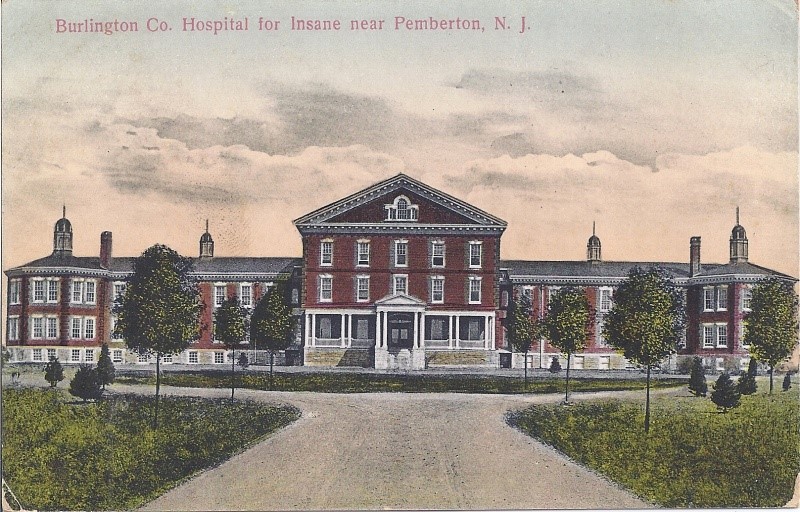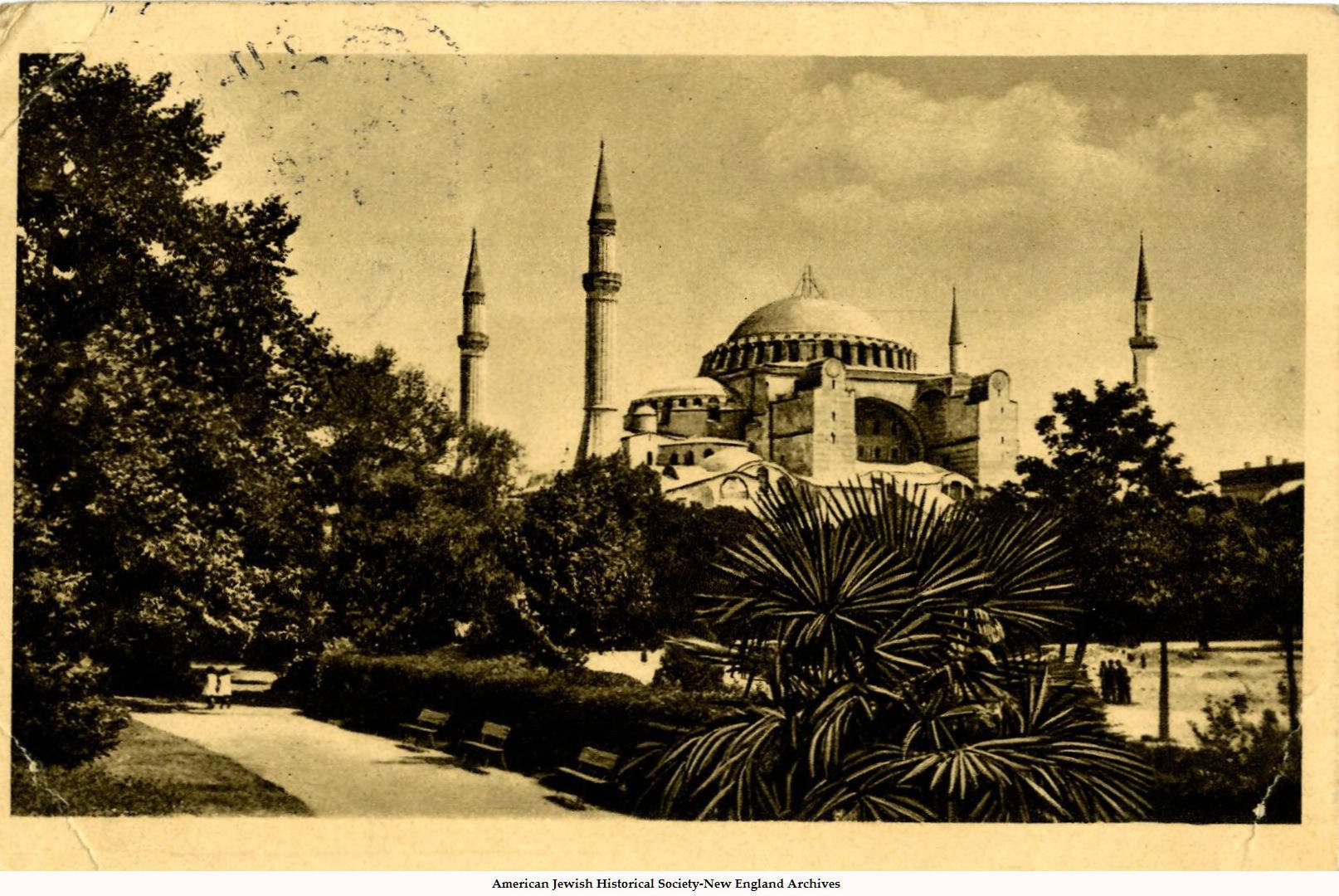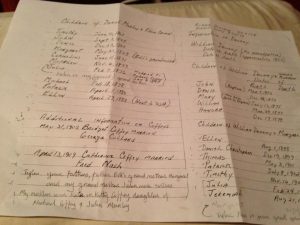 Before getting too far into a new Early New England Families Study Project sketch, I do some preliminary investigation. For example, if the family has already been treated in a sourced and reliable publication – such as a recent article in the Register – then there is no need to duplicate it. Also, if the couple did not have children, or did not have surviving children, then they fall outside the parameters of the project.
Before getting too far into a new Early New England Families Study Project sketch, I do some preliminary investigation. For example, if the family has already been treated in a sourced and reliable publication – such as a recent article in the Register – then there is no need to duplicate it. Also, if the couple did not have children, or did not have surviving children, then they fall outside the parameters of the project.
Other considerations include whether or not there are accessible (to me) records, and whether there are any major complications, such as identifying spouses and children, that warrant deeper investigation. With 30,000 marriages to be done, priority has to go to those with the best possible chance of getting published in my lifetime. Continue reading A guy named Guido






